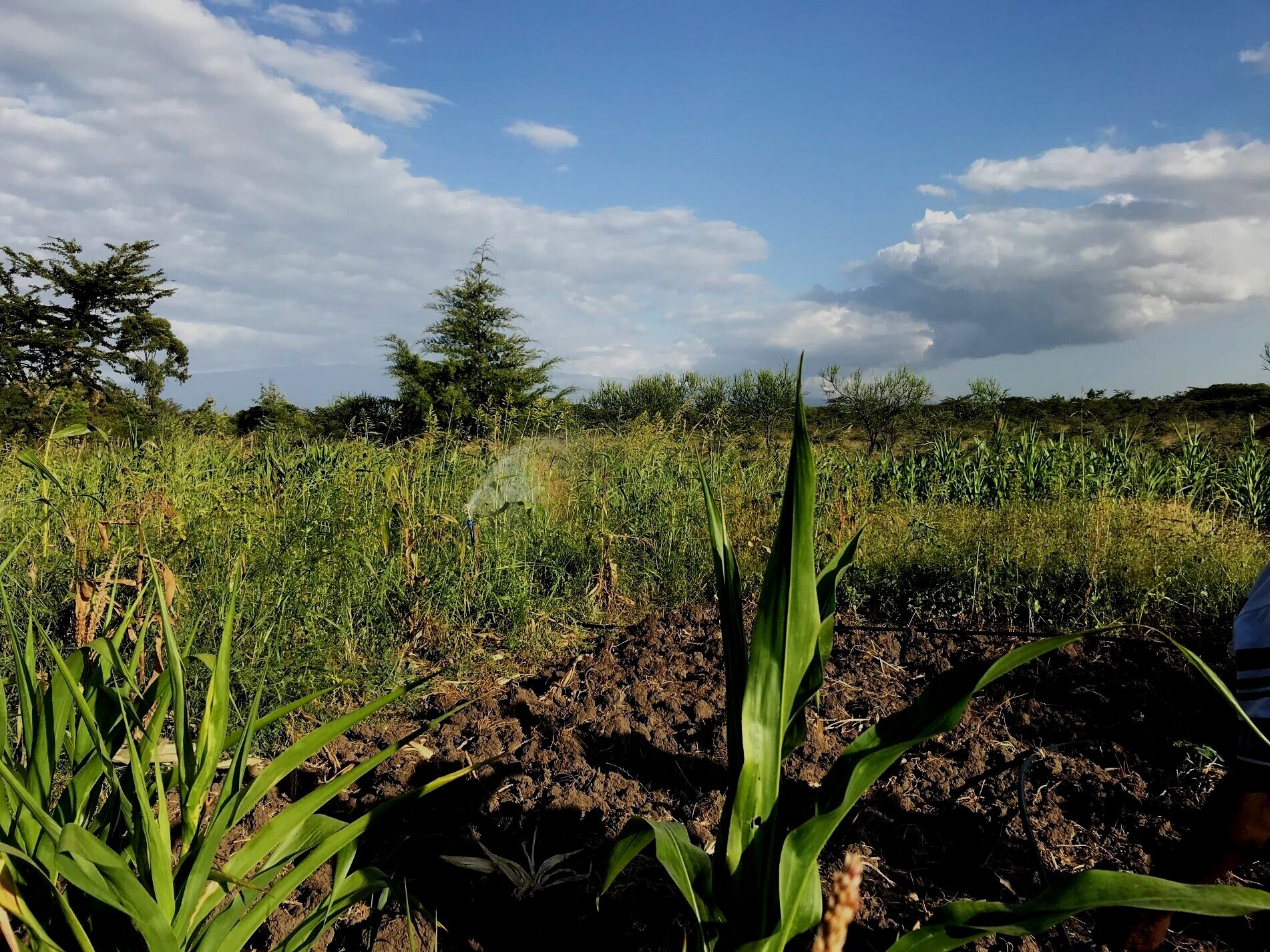
GEAR Center technologies aim to have a positive impact on the world and elucidate novel scientific & engineering knowledge.
Water
Home-use desalination
The objective of this work is to use parametric understanding of electrodialysis (ED) to design a high recovery ED desalination and water purification system that is competitive with existing reverse osmosis (RO) products on cost, power consumption, and production performance for domestic use in urban India.
Advances in modeling of ED have allowed the GEAR Lab to rigorously analyze and compare performance across system configurations and propose a set of system designs and improvements that respond to the end user and industrial partner’s requirements.
Village-scale desalination
Due to the scarcity of fresh, potable groundwater and the unreliability of the electric grid in many parts of rural India, there is a great need for off-grid desalination systems. Current research in the GEAR Lab has been focusing on off-grid, photovoltaic-powered electrodialysis reversal (PV-EDR) desalination. Capital cost is a major barrier to the adoption of desalination technologies in India, and the power system of off-grid PV-EDR systems is the major contributor to the high capital cost of current systems. For this reason, this project is focused on designing the minimum-cost power system for EDR that can meet local water demand.The next stage of the research is building and testing a PV-EDR prototype in a village in India.
Agriculture
Drip irrigation
We are developing low-cost and low-power drip irrigation systems to impact the lives of smallholder and marginal farmers worldwide and to help protect the global supply of freshwater.
With our efforts, we aim to reduce pumping power and capital costs to the point where solar-powered, off-grid drip systems become an affordable option for small and marginal farmers.
Small farm mechanization
This project presents a novel tractor architecture to enable mechanization of bullock power in India. Existing tractors are inadequate substitutes for bullocks. Bullock's compact dimensions, high maneuverability, and low capital cost have allowed them to remain a popular choice for small and large farmers. These bullocks, however, are slow at covering ground, incompatible with modern precision tools, and have higher maintenance costs than tractors.
Assistive Devices
Prosthetic leg
The focus of this project is to create a low-cost, high-performance prosthetic leg that uses only passive mechanical elements to generate a normal walking gait. The device is being designed to meet the mobility and stability needs of above-knee amputees in developing countries and offer improved performance over locked and free-swinging joints. The project includes investigating the fundamental biomechanics of transfemoral amputees and using that insight for designing prosthetic components such as foot and knee. In our process we evaluate how changes in lower leg and foot effect the selection of prosthetic components. Our aim is to provide similar levels of performance as high-end, active-controlled legs at a fraction of the cost, and make a prosthetic technology that will be adopted in developing and developed markets.
Prosthetic foot
We are developing prosthetic foot design frameworks and metrics that provides quantitative and predictive connections between mechanical properties of prosthetic foots and their anticipated bio-mechanical performance.
Using this technology, we strive to impact the lives of amputees in the developing world by designing prosthetic feet that deliver lifelike gait mechanics and durability using affordable materials.
Energy
Hydrogen trucking
The greater scope of this project aims to address climate change by tackling technical challenges in one of the hard-to-decarbonized industrial sectors - heavy-duty trucking. In the United States alone, heavy-duty trucks are responsible for 6% of the country’s annual greenhouse gas emissions and yet transport 80% of domestic freight according to the EIA and the DOT. The primary project goal is to design a high-pressure hydrogen gas onboard storage apparatus that is safer, more flexible in form factor, more space efficient, and can be mass-manufactured for long-range heavy-duty trucks. By providing a better hydrogen onboard storage design, we can alleviate one of the primary technical bottlenecks for the wide-scale adoption of hydrogen fuels in the heavy-trucking industry, effectively reducing CO2 emissions contributed by this hard-to-decarbonized, yet crucial economic sector.
Past Work
Sanitation systems
We are currently assessing high-value near-term engineering innovations in Indian sanitation.
Single Cylinder Turbo
This research is aimed at developing a novel method for turbocharging single-cylinder four-stroke internal combustion engines to create a more compact, fuel efficient and lower cost power source for small-scale farmers in India. Turbocharging uses energy from an engine’s exhaust to compress the intake air, allowing the engine to combust more fuel. Due to the pulsating nature of flow, this technology is not currently used in single cylinder engines. We have built a new style of manifold that buffers the air flow. This method has been validated through both experiments and computational models.
Hybrid Transmission
Many high performance automobiles are adding electric motors for performance enhancement. The goal of this research to create a hybrid architecture that eliminates the clutch and replaces the functionality of the clutch with electric motors. We seek to maintain or improve performance of current high performance hybrids while improving efficiency.













